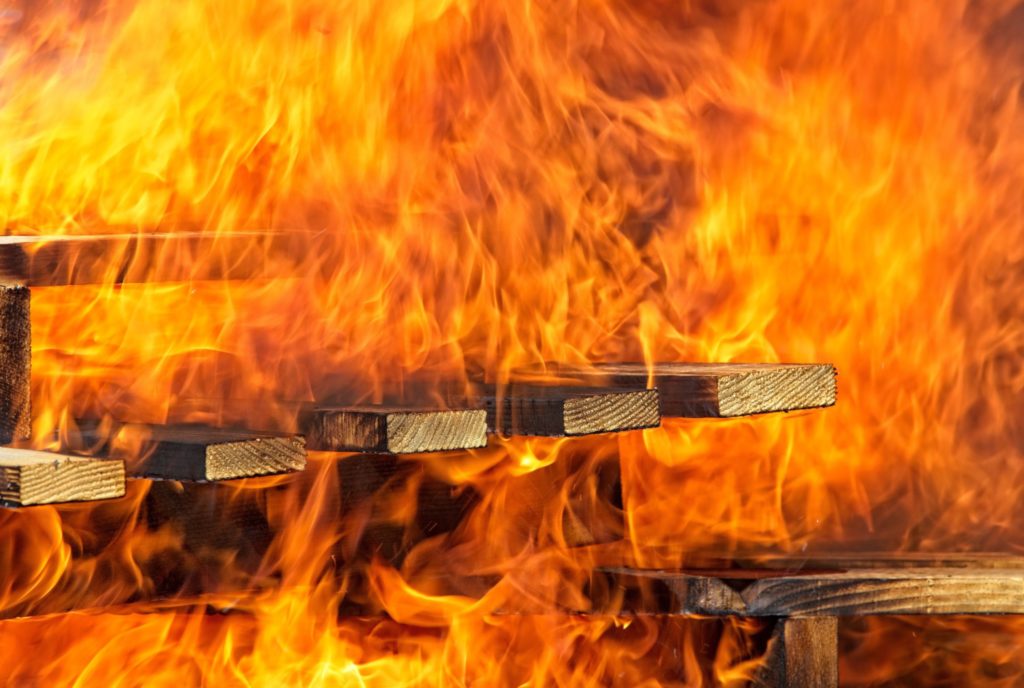Due to the well-publicised dry end of winter and beginning of spring we’ve had, our bushfire season is already well underway. And conditions are expected to continue to be warmer than average and drier than average from now through November, increasing the potential of bushfire risk. See the Bureau of Meteorology video below for more information.
Preparing for Bushfire Season – Climate outlook for September – November 2018
We hope that by now if you’re in an at risk area you’ve done some preparation, but if not, it’s not too late to start!
Here are four steps that you can follow to help you prepare for a bushfire:
- Make a plan for what to do if a bushfire is threatening your area, and discuss it with your family.
- Prepare your home and property to get ready for fire season (more detail on this in the next section).
- Stay aware and watch the bushfire alert levels.
- Organise all your bushfire necessities on your smart phone – bushfire information/alert phone numbers, websites and relevant apps, as well as your insurance broker’s contact details and policy numbers.
Prepare your home
Even if you plan to leave early should there be a bushfire in your area, preparing your home can help reduce potential damage to your home and contents. It can also make it easier for the firefighters to defend your property and even reduce the risk of spreading to your neighbours’ properties. Here are a few basic steps you can take to prepare your property:
- Clean out your gutters and install metal gutter guards
- Ensure your external walls and your roof are in good nick with no gaps, damage or missing tiles
- Install metal mesh screens and fit seals around windows and doors
- Enclose the areas underneath your house
- Install a fire sprinkler system
- Maintain your gardens and lawn and keep the grass cut short, as well as trimming back trees and shrubs (especially around buildings)
- Check that your hoses reach around your house (or buy ones that do)
- If you have a water source (pool, tank or dam), make sure you put a Static Water Supply sign at your property’s entrance so firefighters are aware
- Prescribed burning and removal of combustible material can help prevent the outbreak of major fires (permits/permission or proper handling may be required)
- Annually check that your insurance solution is up to date and adequate to cover your home, contents and property.
Did you know that there’s a bushfire risk management plan for every area of NSW? Click here to find one from your local area.
Check if you’re in a bushfire prone area
The NSW Rural Fire Service has prepared an online mapping tool you can use to identify if your property is designated as ‘bushfire prone.’ Simply click here, accept the terms and then enter the address that you’re checking for (disclaimers and terms apply, of course).
And don’t forget to make sure you’ve got the right insurance in place
Don’t assume that you’ve got the right cover, contact us for a free, no obligation quote to check your cover and make sure you’re getting a competitive deal.

